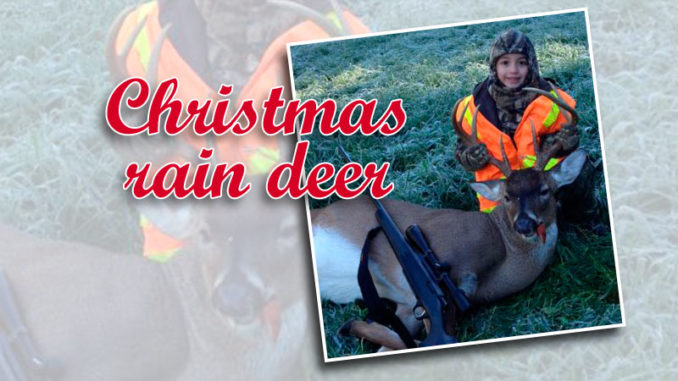
Don’t let bad weather keep you off of your stand during the rut. Instead, be in the woods to catch deer moving before and after fronts.
I peered out my living room window only to see fog and a persistent rain. It was the day after Christmas, and I was anxious to get back to my deer stand after spending Christmas day with my family — but the weather was just not cooperating.
A lingering warm front was stuck in place, waiting for the next cold front to sweep it away and bring perfect deer-hunting weather during the peak of the breeding season.
The timing of my departure was critical. If I left too soon, I would spend a warm, wet afternoon with an unfavorable wind direction that would send my scent into the area in which I had been seeing a nice buck on my camera. If I left too late, I could miss the perfect opportunity to score on the buck during the rut.
I decided to leave early the next morning and be on the stand at first light, once the cold front arrived. I thought it was the perfect plan — at least until the phone rang at 6 o’clock that evening.
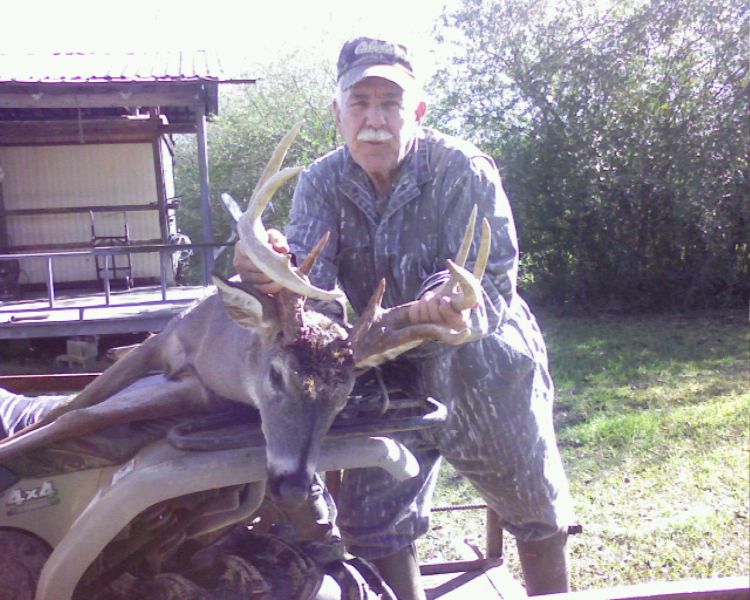
When I picked up the phone I heard a familiar voice.
“Steve?”
It was a member at the hunting camp.
“Don’t go to the stand you were going to hunt in the morning,” he said. “The buck’s not there anymore.”
When I asked how he knew that, his reply sent my heart into a nosedive.
“Because he is on the skinning rack,” my buddy said.
I sheepishly asked the dreaded question: “How big?”
“Nine points — 230 pounds, in the 140 class,” he said. “It was pure luck: I shot him while I was walking to my stand in the pouring rain.
“He was feeding in the middle of a food plot.”
The phone nearly fell out of my hand. I had forgotten the cardinal rule of deer hunting: You can’t kill them in your living room.
I had also disregarded the words of wisdom often preached at my club: The best time of the season is the week between Christmas and New Year’s.
The Christmas rain deer had eluded me.
It’s commonly believed by many Louisiana hunters in Area 4 and those who hunt in South Mississippi, that the time around the Christmas holidays is the best time to catch a trophy buck off guard while he is on the move chasing does.
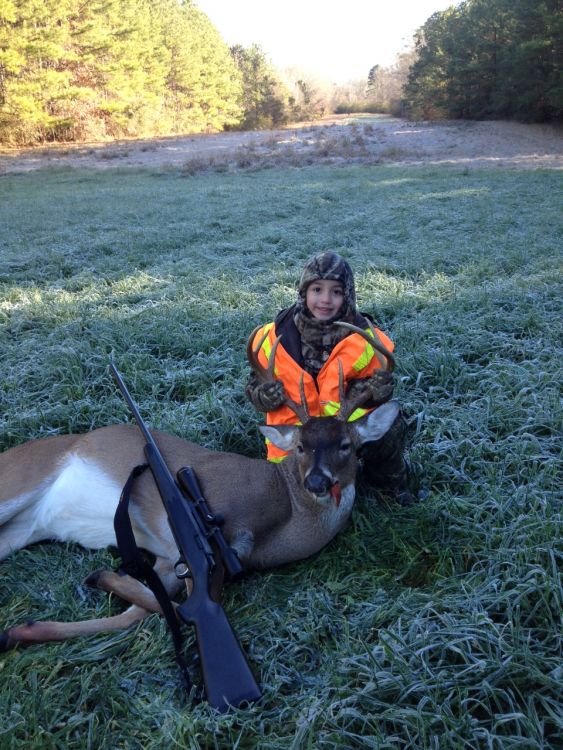 Many stories have been told around hunting club campfires about big old bucks taken during this time, but I thought I would check out this theory with an expert, as well as some experienced hunters who have been pursuing whitetails for many years in these areas.
Many stories have been told around hunting club campfires about big old bucks taken during this time, but I thought I would check out this theory with an expert, as well as some experienced hunters who have been pursuing whitetails for many years in these areas.
Dave Moreland needs no introduction. He studied deer as a wildlife biologist and as the deer study leader for the Louisiana Department of Wildlife and Fisheries.
You can also say Moreland wrote the book on deer hunting in Louisiana, because he did. In “Louisiana Whitetails,” Moreland provides a guide for managing and hunting whitetails in the Bayou State.
Moreland hunts and owns property in East Feliciana Parish in Area 4, and I was fortunate enough to have him share some of his knowledge and experience on the timing of the breeding season in this area and how weather can affect seeing trophy bucks.
I was curious to know if the legend of the Christmas rain deer is fact or fiction.
Timing the rut
There are several distinct phases of the rut, concluding with the actual breeding period. During this time, bucks are actively pursuing does to breed and this period is commonly referred to by hunters as “chasing.”
It is absolutely one of the most exciting times of the season for hunters — a time when big bucks are often taken chasing a hot doe running past their stands.
I asked Moreland about the breeding phase in Area 4 and whether it occurs around Christmas.
“Based on reproductive data collected over the years, the first peak of rutting in this area is actually early December,” Moreland explained. “The pre-rut occurs in late November, followed by the first breeding peak.
“Around Christmas, the second peak of breeding kicks in and extends into January. I have found that the second peak is often more active due to the intense competition among bucks for the last does who have not been bred, especially in areas with a good adult age structure.”
Outside the Florida Parishes, Moreland said the rut occurs later.
“In Areas 1 and 6 — the Mississippi Delta country — the peak rut occurs at Christmas,” he said. “Pre-rut with scraping occurs prior to and during Christmas, with the first peak of breeding in early January.
“The second peak begins at the end of January, and breeding extends into February. These areas of the state are in the agricultural regions, with bottomland hardwood forests that produce the true trophy bucks in Louisiana.
“If you check the big-game record lists on the LDWF website, it shows that these regions grow the big bucks, with the bulk of them taken in early January when the rut kicks in.”
Science seems to support the reason why so many hunters in these areas take nice bucks during Christmas time.
Weather and the rut
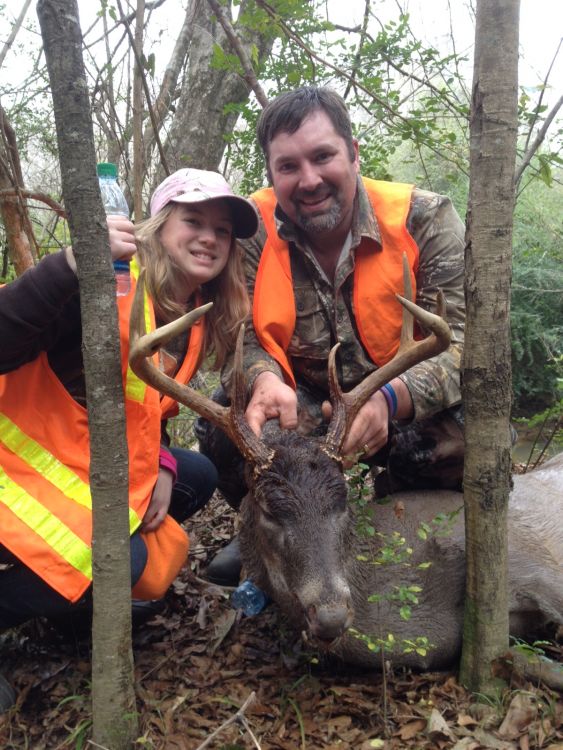
Weather conditions are always a factor when pursuing game and fish, so hunters are always trying to sort out this confusing aspect of the sport.
But many times our experiences do not reflect conventional wisdom, and Moreland shared some of his knowledge about how weather affects the breeding season.
“Weather conditions certainly have an impact on deer activity and movement, especially during the rut,” Moreland said. “The rut will occur during those documented time periods, but if warm weather sets in during the breeding time, most of the breeding will probably occur at night when it is cool and more comfortable for the deer to move around in their winter coats.”
That’s not the best news for hunters in a state in which warm spells are common, even in the depths of winter.
“Louisiana weather is controlled by weather patterns in the Gulf, and mild winters are not uncommon,” Moreland said. “Generally during mild winters, the harvest of big bucks is low.”
The veteran deer biologist said hunters can, however, use frontal passages to their advantage.
“Deer will generally feed prior to a front, and lay up as the front moves out,” Moreland explained. “Our cold fronts generally tend to be short lived at two to four days, so the smart hunter will hunt during these days — especially during the rut.
“Deer may move right after the front passes or a day or two later.”
Again, it’s a matter of timing, but deer will get up and move again.
“One year it snowed in Louisiana right after Christmas, and I went hunting right after the snow on the first afternoon and saw nothing,” Moreland said. “I hunted all of the second day after the snow and still saw nothing. By the time the snow was just about gone, on the third day, I killed a nice 8-point in mid-morning.
“So, it is important that a hunter be able to spend time in the woods when the fronts come into the state.”
Regarding weather, Moreland shared one experience that stood out in his mind.
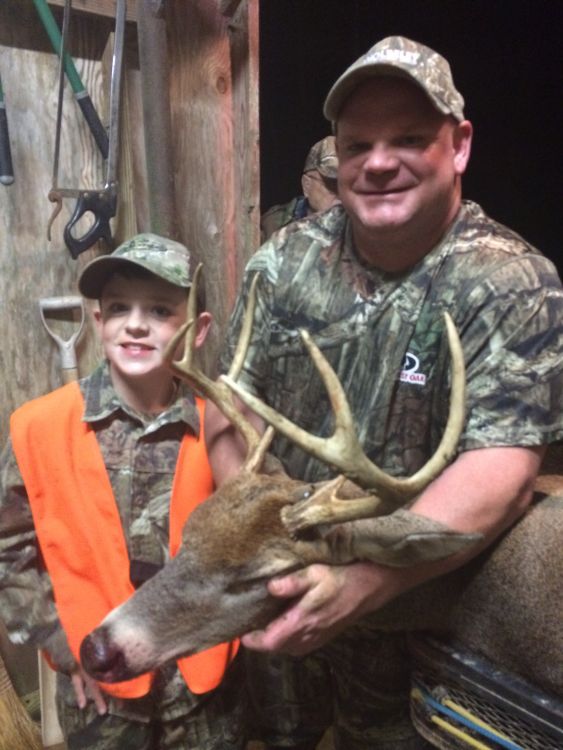
“One year during the early gun season in November, heavy rain fell as a front moved in before clearing around mid-morning. I was driving to my hunting area as it was clearing, and when I left the truck, the sky was totally clear,” he said. “I went into the woods and, while headed for my stand site, I encountered a great buck with a 21-inch spread that was also moving around after the front.
“I harvested it with my muzzleloader. Hunting right after the weather settles down after a front moves through can be productive.”
Hunting strategies during the rut
While Moreland is a scientist, his passion is pursuing whitetails and he is always willing to share some of his successful techniques.
“Grunting and rattling works in Louisiana, but it is best in areas with a good adult buck age structure,” he said, “It is particularly good during the scraping period, prior to the first breeding periods in each area.
“During the breeding period, I generally like to hunt all day, especially if the temperature is 60 degrees or below with a barometric pressure of 30 or more.”
The tale of two hunters
While science can provide many answers, there is no substitute for actual time spent in the woods observing deer.
So I turned to two hunters who have been chasing bucks most of their lives in Southeastern Louisiana and South Mississippi to get their perspective on hunting bucks during the rut.
Here’s how they leverage the rut to put trophies on their walls.
Mark Hartman
Baton Rouge’s Mark Hartman has hunted for 45 years in East Feliciana Parish and South Mississippi, and he has taken some fine deer.
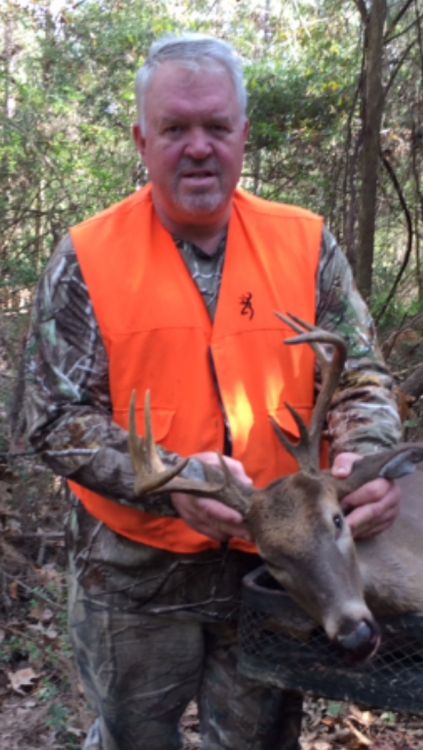 He is always in the woods around Christmas and New Year’s.
He is always in the woods around Christmas and New Year’s.
“I have killed several nice bucks the week before and the week of Christmas,” Hatman said. “They were all either chasing or trailing a doe. Once, I watched a spike pass three times trailing the same doe, and on his fourth trip a nice 9-point was with him.”
When asked what effect weather has on the breeding season, Hartman said he definitely keeps his eyes on the forecast.
“I think we all know that weather affects deer movement, but the peak breeding is consistent each year,” he said. “The most likely explanation for why hunters think weather affects the rut is because weather affects deer movement in general. Although the act of breeding happens at the same time, I just don’t see as many deer running around the woods during periods of warm weather.
“The general consensus is that deer movement increases prior to the front passage, declines during the passage (especially when wind and rain is severe) and picks up again when the weather clears. Some hunters report that movement is high during a light rain, but minimal during heavy rains.”
Hartman’s final advice to hunters heading out during the rut is pretty straightforward.
“Do not leave the woods,” he said. “I have killed some very nice bucks mid-morning, as well as in the middle of the day. You cannot kill them at the camp.”
He also believes it’s more than just hunting that makes this time of the season special.
“The kids are out of school, and it is a great time to bring your family up to the camp and spend some quality time with them in the woods,” Hartman said.
Louis Maduell
Louis Maduell has been a dedicated deer hunter for nearly 50 years, and he has had great success hunting wildlife management areas across Louisiana and owns property in South Mississippi.
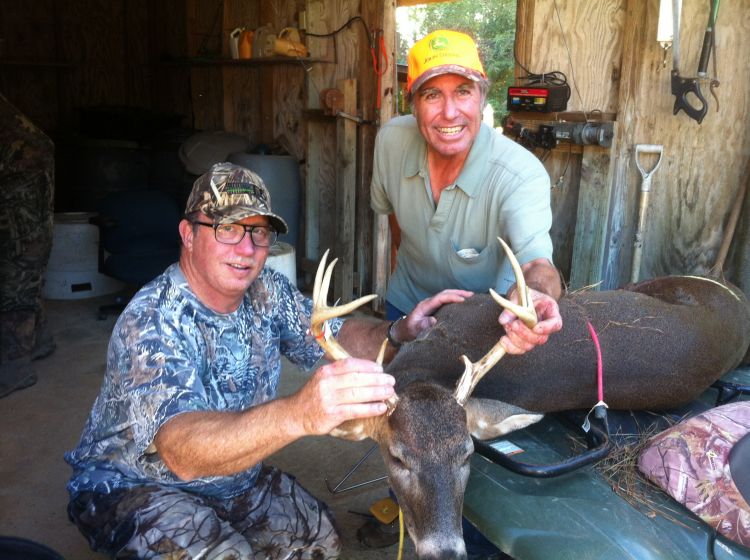
He has taken some real wall hangers, especially during the breeding season.
And, yes, you will always find Maduell in the woods between Christmas and New Year’s.
“Over the years, I have probably seen more rack bucks during that time of the season than any other,” he said. “I especially like to hunt after a good rain: The bucks are usually on the move freshening up scrapes and looking for does.”
But he doesn’t worry about getting out at first light, preferring to wait for the right conditions.
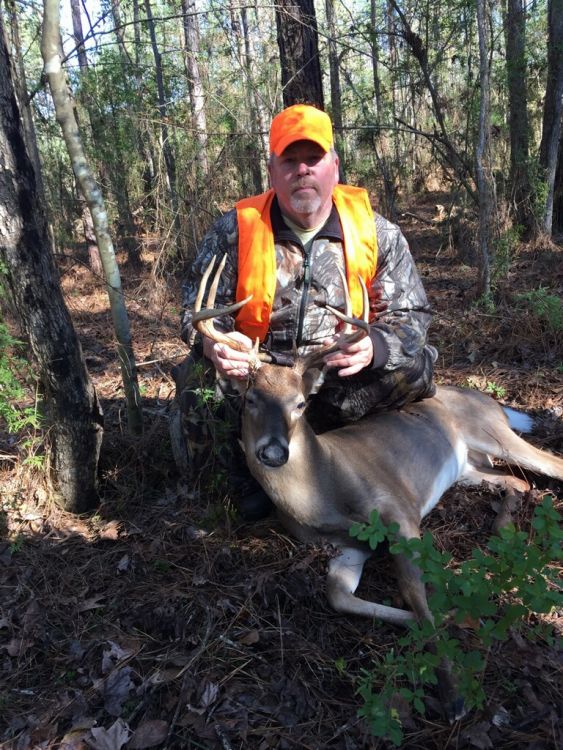
“I like to hang around the camp waiting for the rain to slack or stop and then immediately head to a stand that has a few scraps in the area,” Maduell said. “I will often see bucks moving in the woods right after the rain stops, no matter what time of the day it is.”
Maduell is a firm believer in spending as much time in the woods as possible every day he’s at the camp. Sometimes he hunt several different locations on the same day.
“I may start the day hunting in thick woods for a few hours,” he said. “Around 9 a.m., I might move to a pipeline where I can see a long distance, hoping a doe will cross with a buck behind her.
“I normally hunt until noon, but if I see good deer activity, I will stay until 1 p.m. After a quick lunch at the camp, I will head out around 2 p.m., and might choose a food plot where I have been seeing does. Sometimes a buck will circle downwind of the plot to see if does are feeding, but normally they will not actually go into the plot.
“So you want to be looking into the woods on the downwind side of the plot.”


